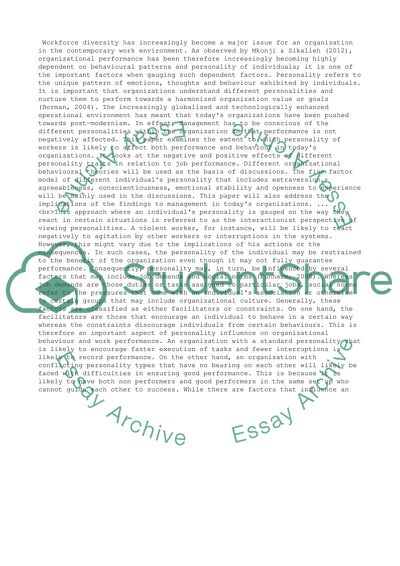Cite this document
(“Effects of personality on work performance and organization behaviour Essay”, n.d.)
Retrieved from https://studentshare.org/management/1465903-effects-of-personality-on-work-performance-and-organization-behaviour
Retrieved from https://studentshare.org/management/1465903-effects-of-personality-on-work-performance-and-organization-behaviour
(Effects of Personality on Work Performance and Organization Behaviour Essay)
https://studentshare.org/management/1465903-effects-of-personality-on-work-performance-and-organization-behaviour.
https://studentshare.org/management/1465903-effects-of-personality-on-work-performance-and-organization-behaviour.
“Effects of Personality on Work Performance and Organization Behaviour Essay”, n.d. https://studentshare.org/management/1465903-effects-of-personality-on-work-performance-and-organization-behaviour.


